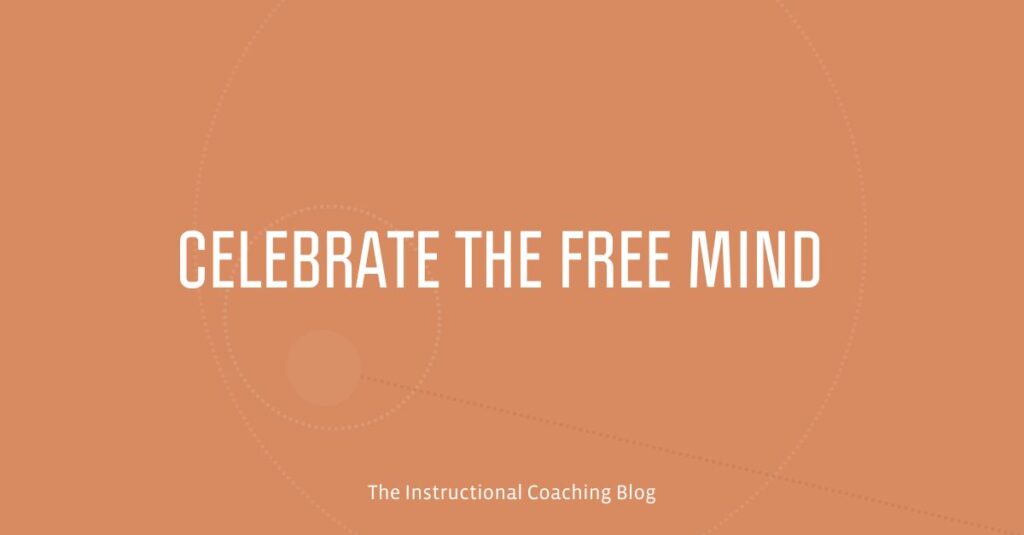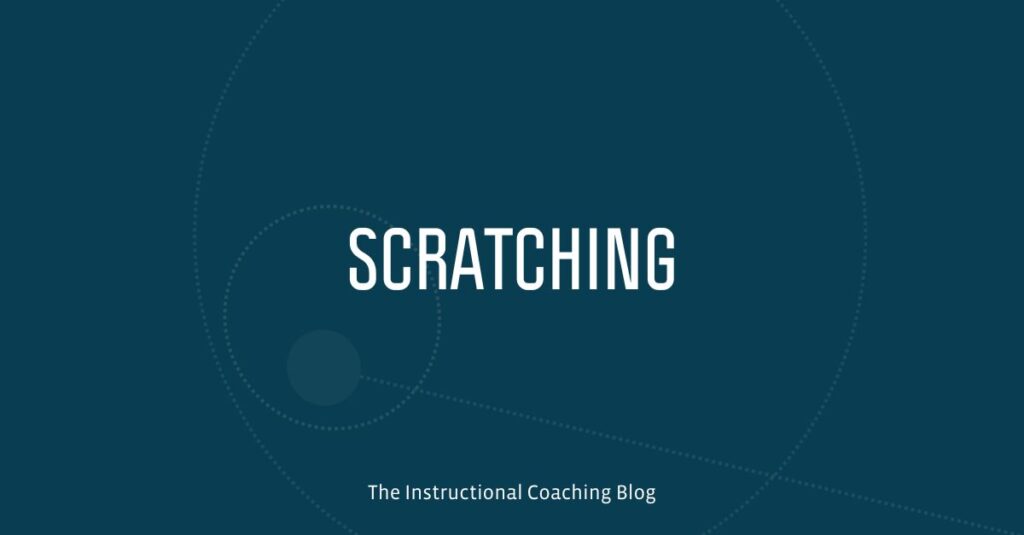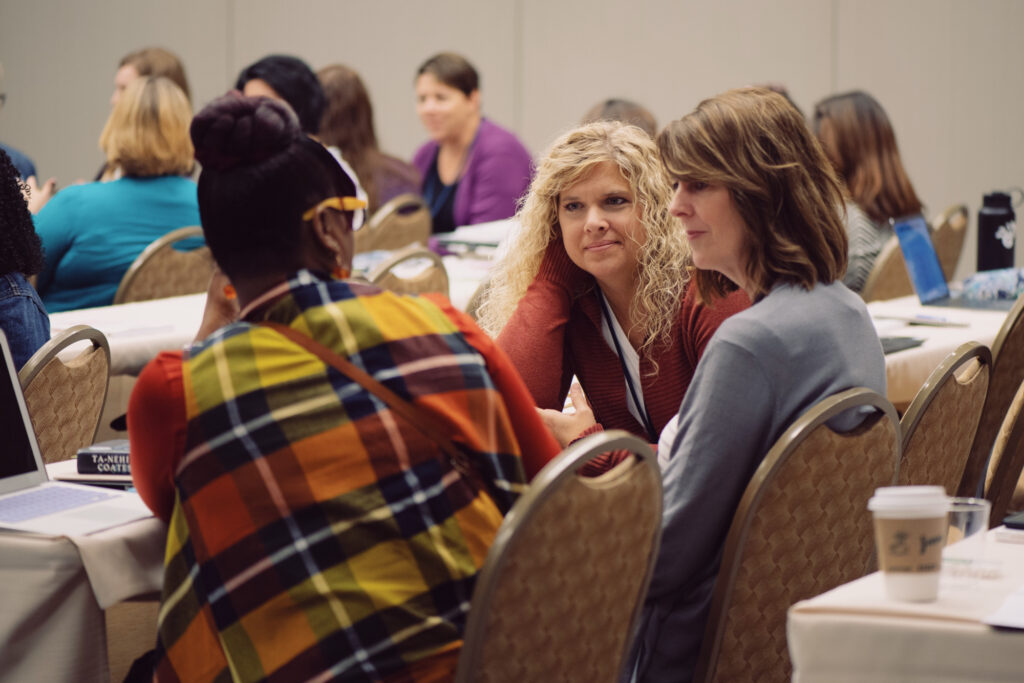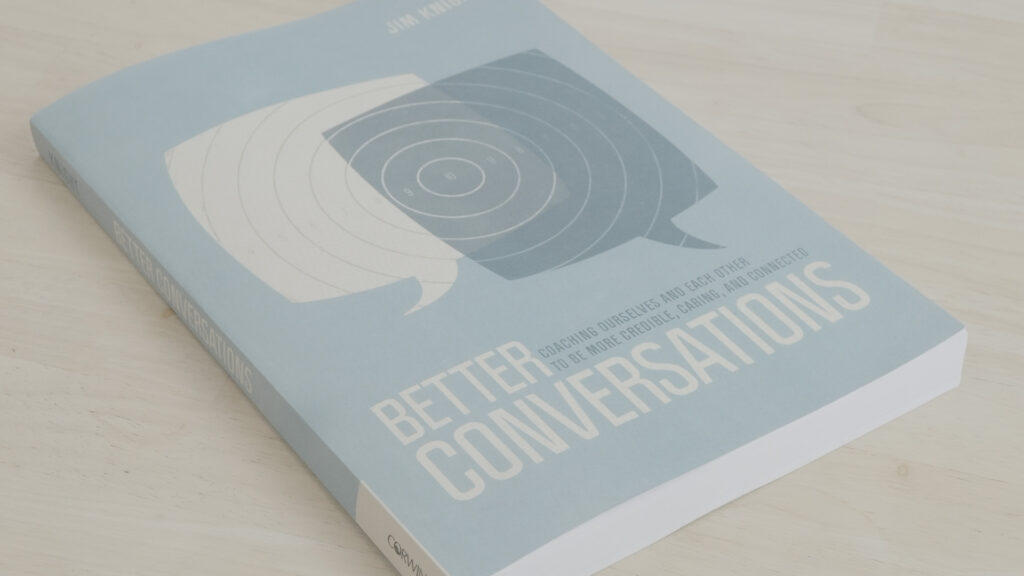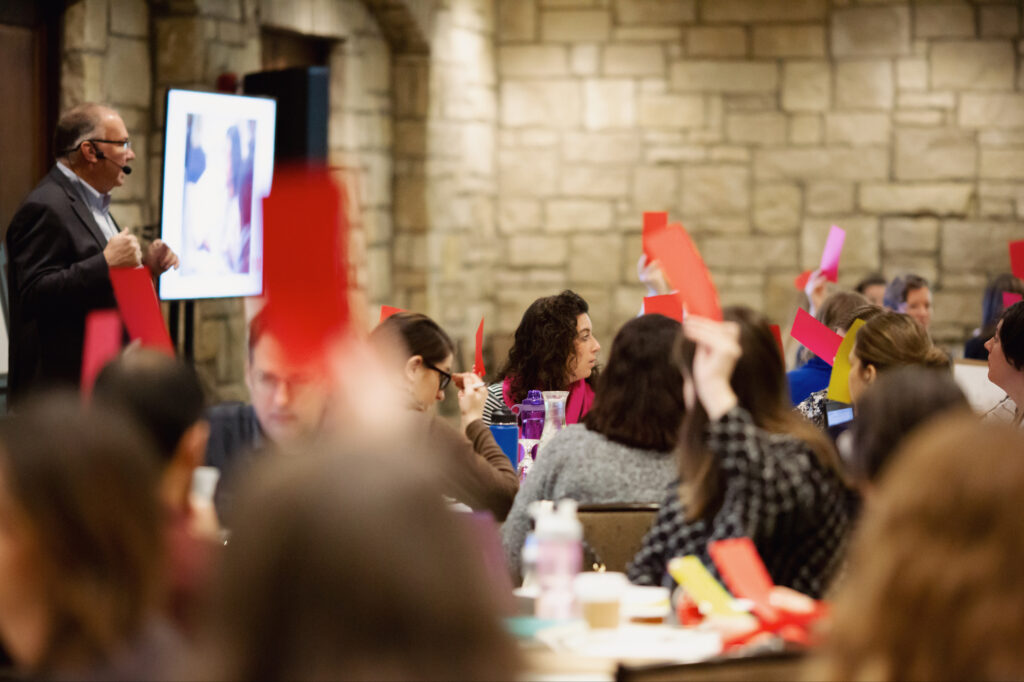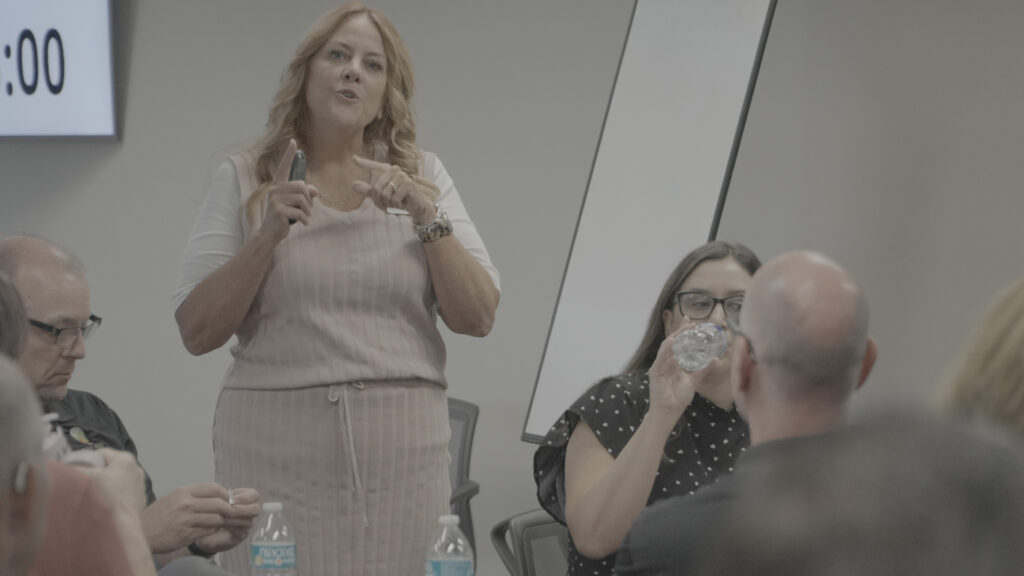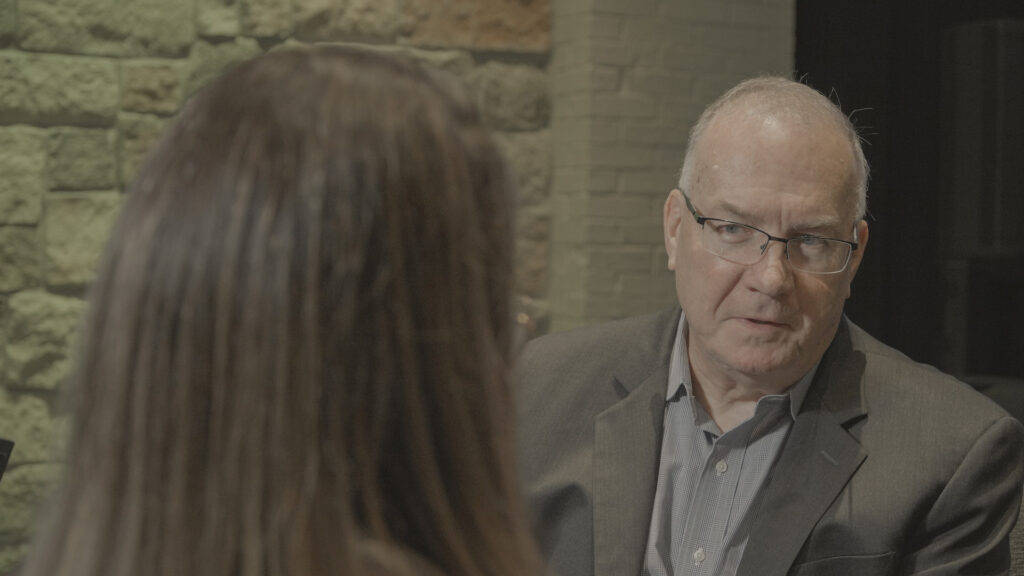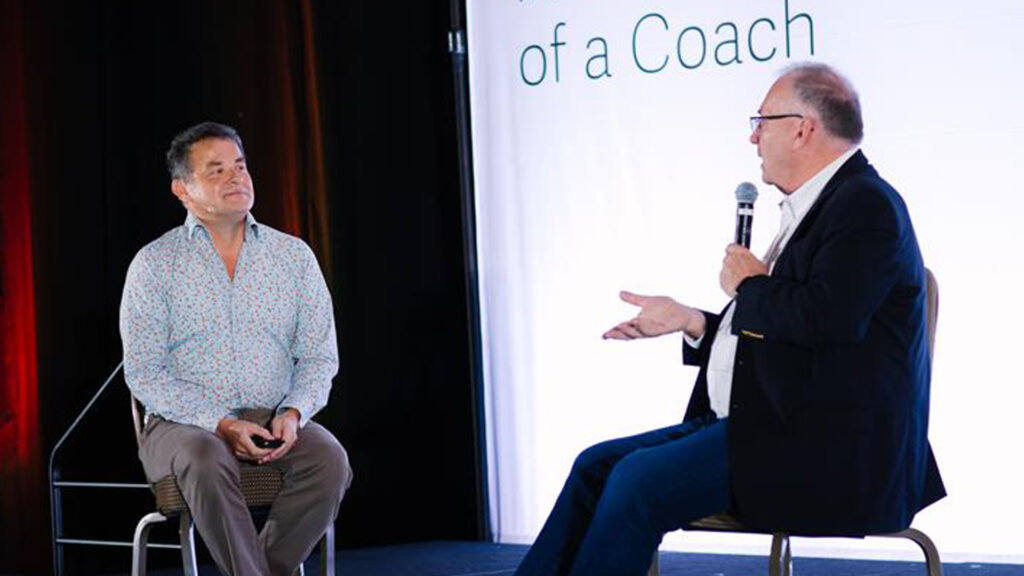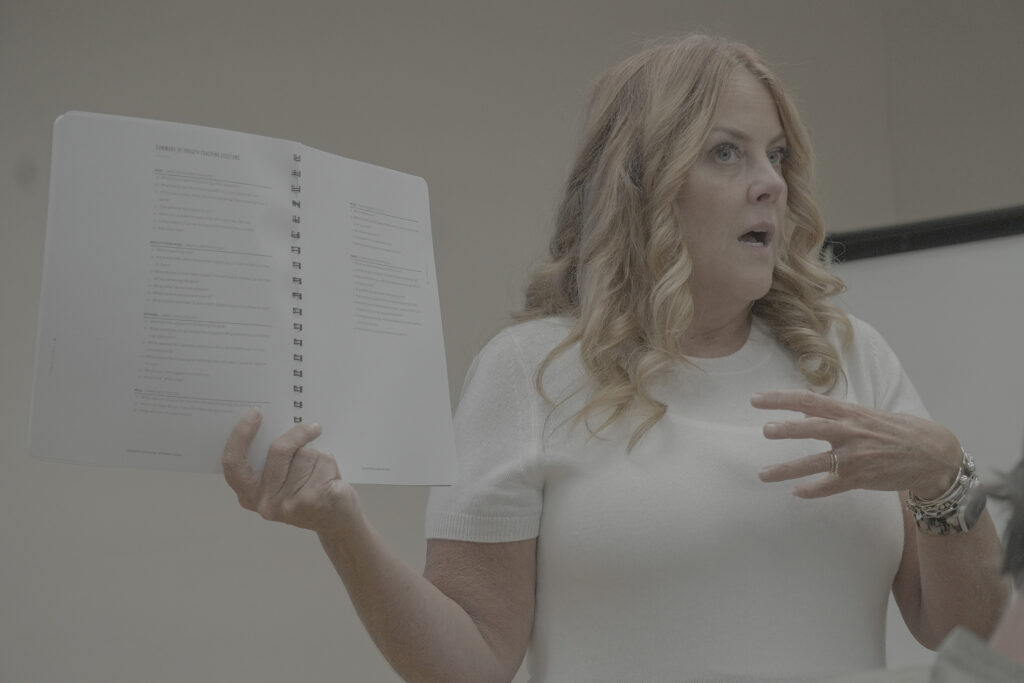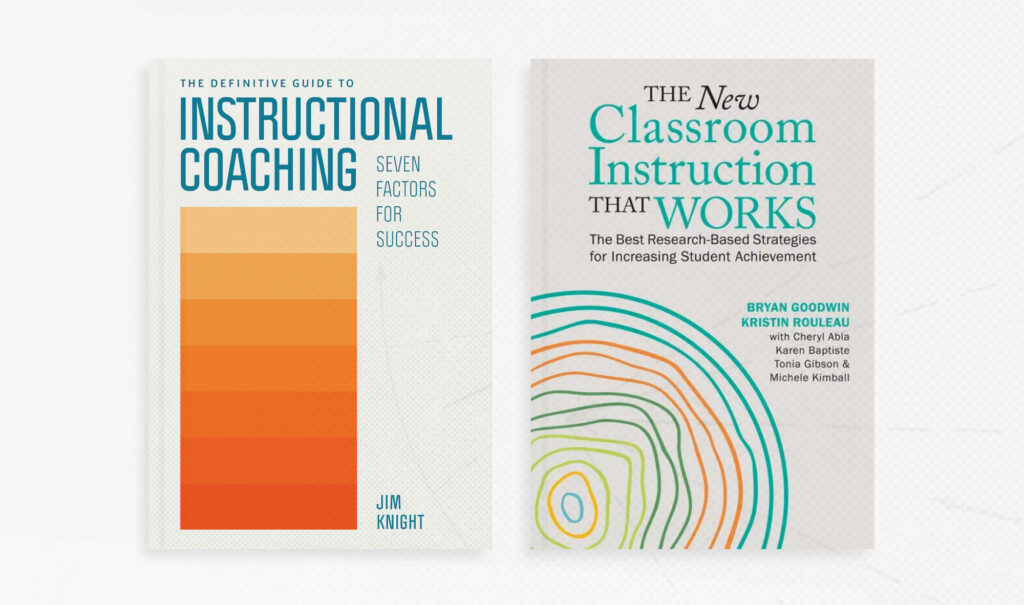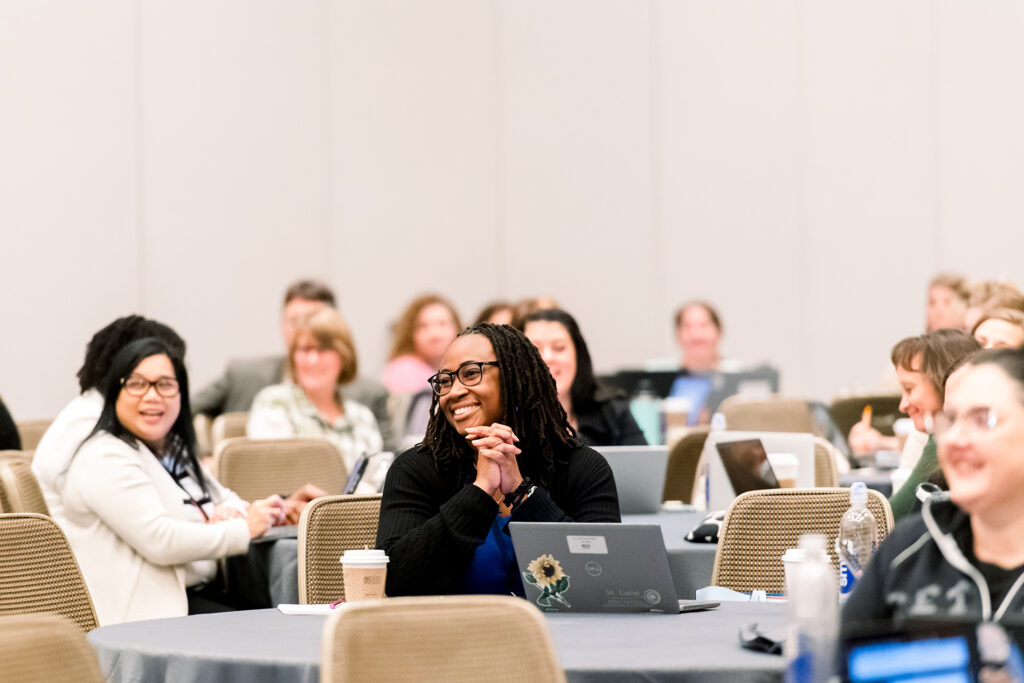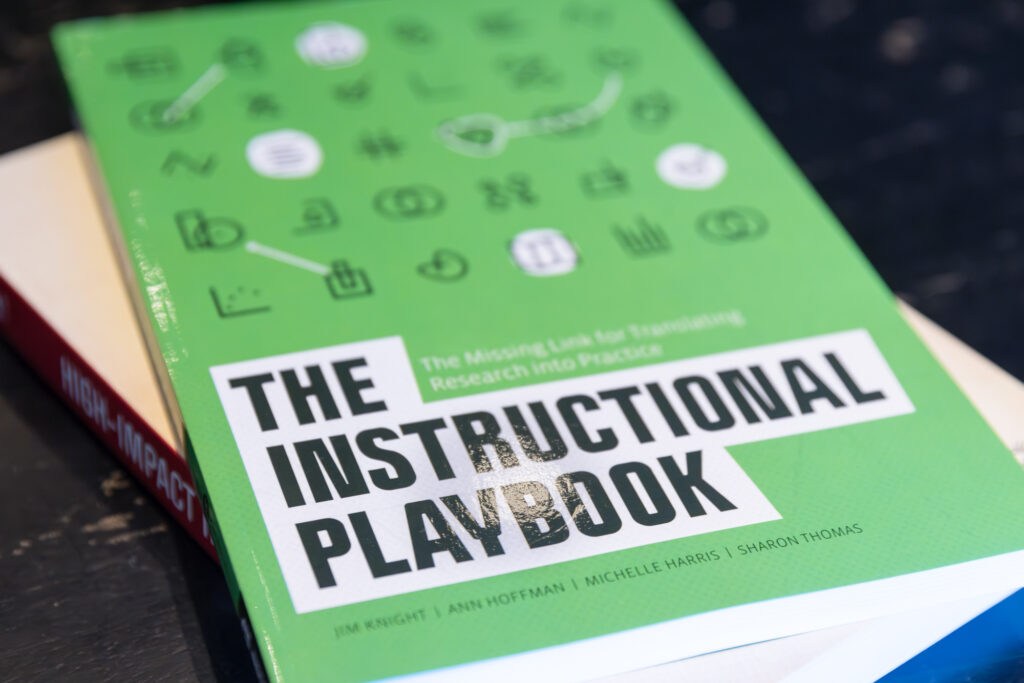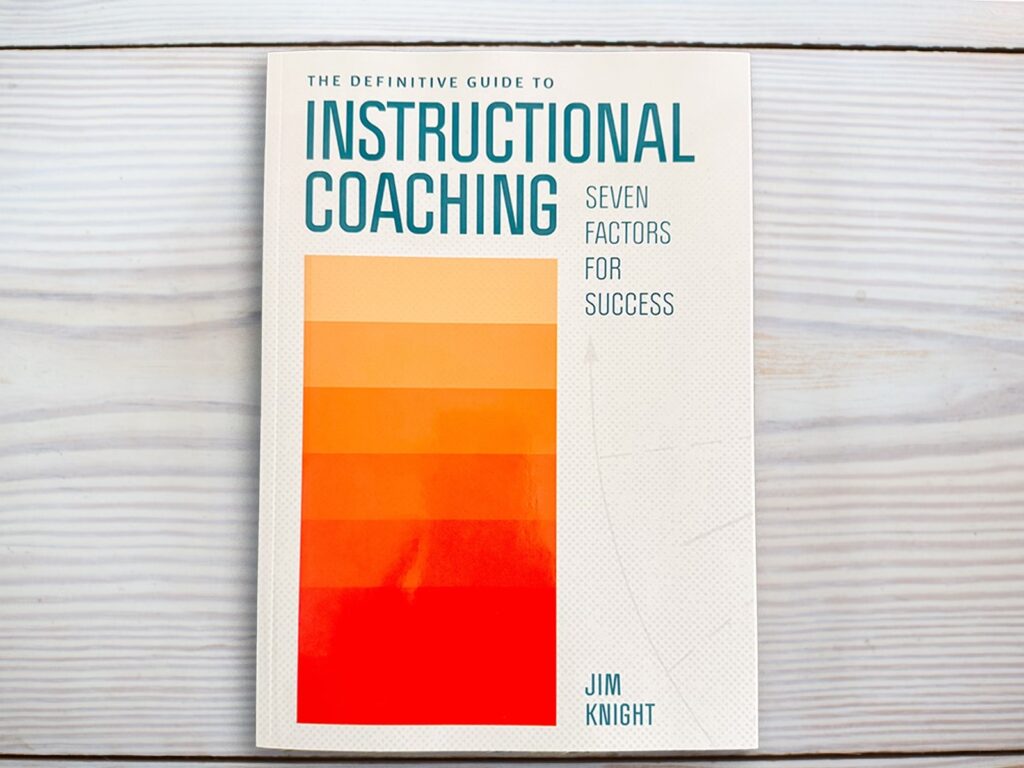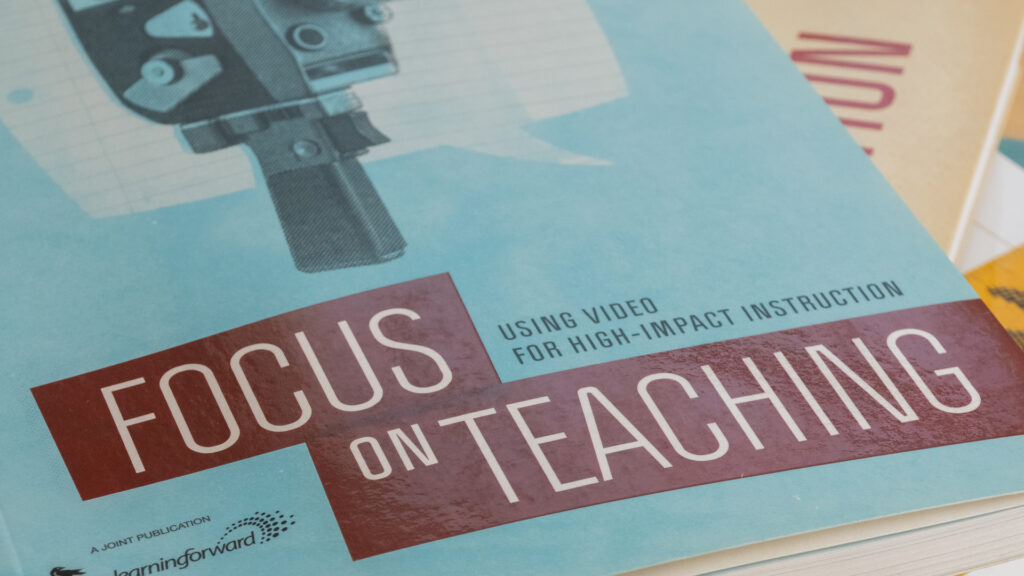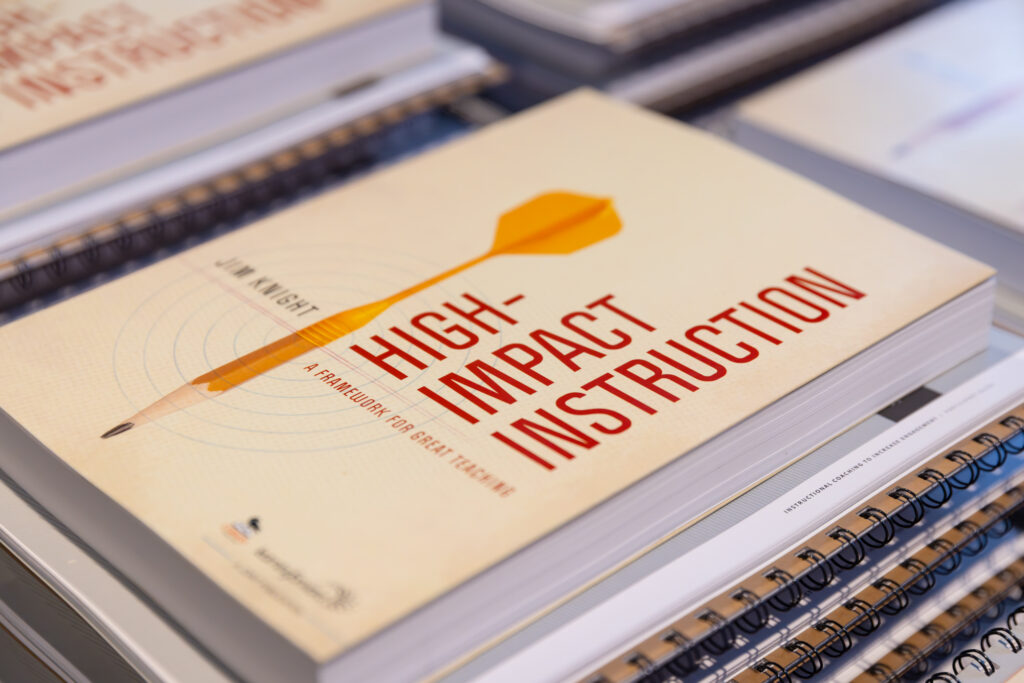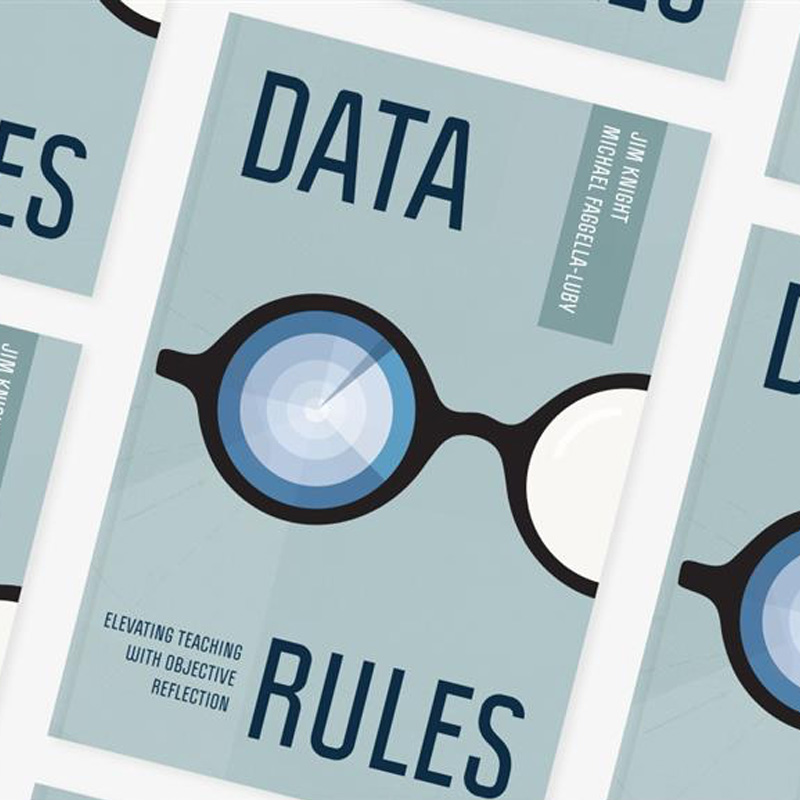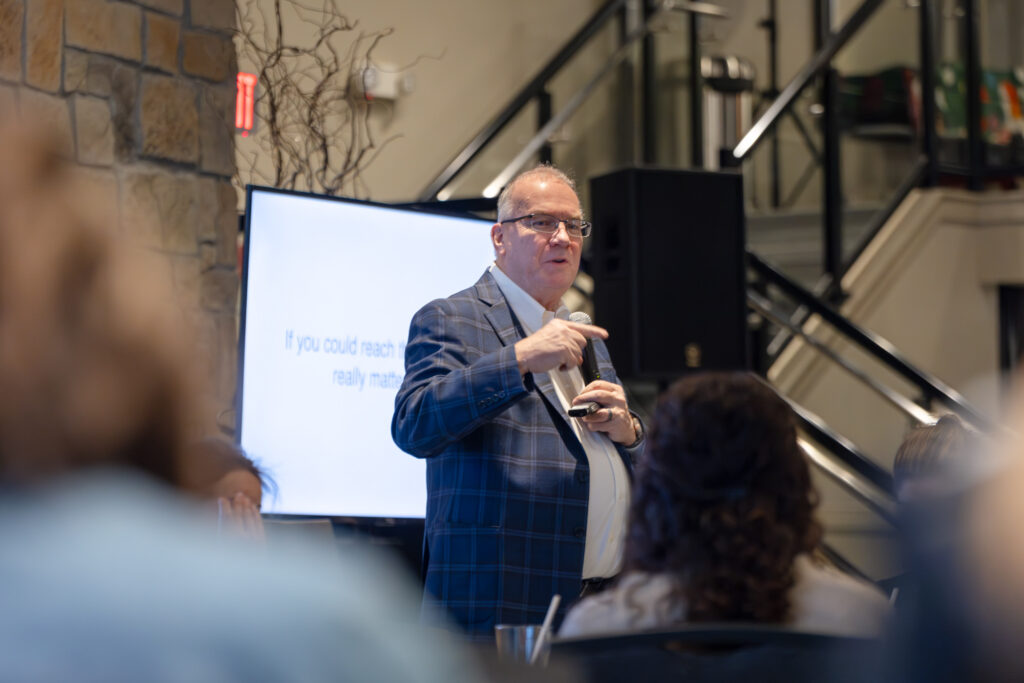How can you motivate yourself to approach new responsibilities with confidence and energy? The answer is simple, though perhaps a little surprising: give yourself permission to screw up. —Heidi Grant Halvorson
I’ve been reading a great e-book by Heidi Grant Halvorson, Nine Things Successful People Do Differently, published by Harvard Business Review Press. The book is a short, clear summary of some important big ideas about personal growth (goals, feedback, realistic optimism, and grit) and Halvorson provides numerous links back to studies to support her claims. Anyone interested in personal growth, and in particular anyone who is a coach, will find the book well worth the money and time. One of Halvorson’s big ideas is that to grow we need to focus on getting better (get-better goals) not being good (be-good goals). She puts it this way:
Embracing the fact that you can change will allow you to make better choices and reach your fullest potential. People whose goals are about getting better, rather than being good, take difficulty in stride and appreciate the journey as much as the destination.
People, according to Halvorson, approach any task with one of two types of goals: be-good goals, where people want to demonstrate their mastery of something, and get-better goals, where people simply want to improve the way they do something. About both types of goals, Halvorson writes:
The problem with be-good goals is that they tend to backfire when we are faced with something unfamiliar or difficult. We quickly start feeling that we don’t actually know what we are doing, that we lack ability, and this creates a lot of anxiety. Countless studies have shown that nothing interferes with performance quite like anxiety does; it is the productivity killer. Get-better goals, on the other hand, are practically bulletproof. When we think about what we are doing in terms of learning and mastering, accepting that we might make mistakes along the way, we stay motivated despite the setbacks that might occur.
This seems like great advice for all of us, but I think it is especially meaningful for teachers.
When we try out a new teaching practice, we can mess ourselves up if we feel we have to use a graphic organizer or learning structure perfectly the very first time. A be-good goal, in other words, can increase our anxiety and in fact decrease our interest in trying anything new. On the other hand, if we approach new practices with a get-better goal, we reduce our anxiety and make each new attempt a learning opportunity. The first time trying anything in the classroom, in my experience, runs the risk of falling apart. When we give ourselves “permission to screw up,” we reduce our anxiety and increase our interest in and ability to improve.

